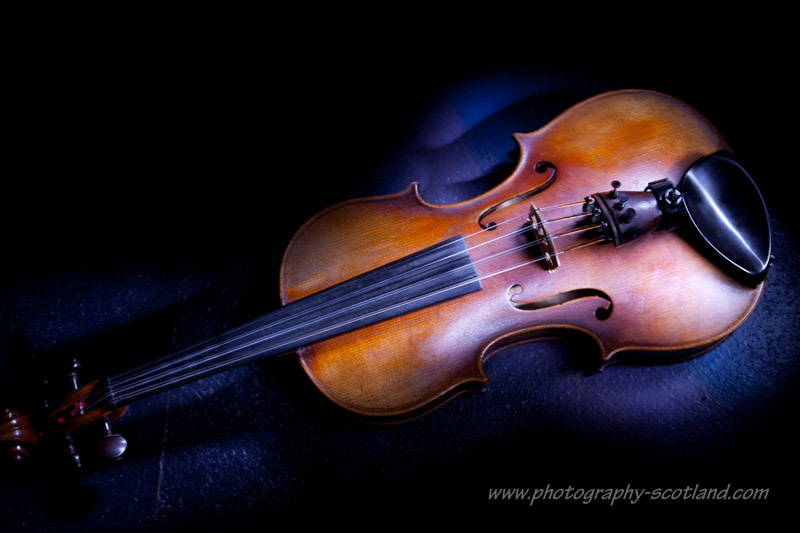Playing in the zone
Tonight we spent some time working on playing ‘in the zone’ – letting our subconscious take over from our conscious thinking brain.
We played the run D, E, F#, G, F#, E, D on an open D string. Then we played the same run with an open A making a chord with each D, E, and F#, and a B (first finger on the a string) making a chord along with the G. We tried out alternating the run on the open d string followed by the run with the chords. We were working on keeping our bow very close to the A string, even when we weren’t playing on it, so that it only took a small movement to change from not playing a chord to playing a chord. After that we tried playing the run on the open string, and added just the G/B chord in. When we repeated it, we played all the chords with the open A, and played the G without a chord. Then we tried playing the chords on the way up the run, and the single open string on the way back down.
It was pretty loud with so many folk playing chords at the same time!
We learnt the strathspey Cameron’s Got His Wife Again. The tune is in D. It’s got a number of unusual jumps in it, and plenty of snaps that kept us on our toes. We’ll spend some more time working on the tune next week.
Getting into the zone
After the break we played around with the notes in the D scale. To get a sense of how it feels to play without using your conscious brain, it can be helpful to find something very simple and repetitive to play. Once you’ve got the pattern under your fingers, it’s easy to let go, and get into the zone. We are aiming to be hearing the music as we want it to sound when we’re doing this.
We started off by playing up and down a D scale several times together. Then alternate people in the circle played a chord with the bottom A (first finger on the G string) and an open D. They played this in reel time, and emphasised the beat. Everyone else joined in with playing the D scale, also emphasising the notes that fell on each beat. After this, we tried every third person in the circle playing a harmony to the D scale – they did this by playing a D scale as well, starting on the D when the ‘tune’ players reached the F#, so it was a third below the original D scale. The harmony players were emphasising the offbeat. Once we’d done that, we had one more go, where anyone could wander from their original part, and find harmonies or rhythms to play along with what was happening.
At the end of the evening we played through the strathspey again. Sometimes with fast runs of notes in a tune, playing in time can be tricky. It’s helpful to be really precise and definite with where each note starts, to help keep the timing under control. We worked on the phrase at the end of the B part, and tried out using the bounce in the bow to make the notes stacatto and crisp.


